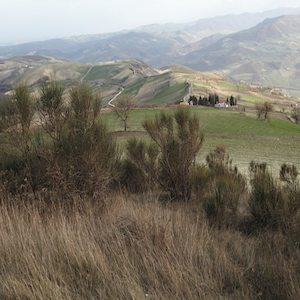Insight in a behaviour of Central European Red Kites wintering in Italy

All claims expressed in this article are solely those of the authors and do not necessarily represent those of their affiliated organizations, or those of the publisher, the editors and the reviewers. Any product that may be evaluated in this article or claim that may be made by its manufacturer is not guaranteed or endorsed by the publisher.
Accepted: 13 July 2022
Authors
Migration and over-wintering strategy of raptors can be influenced by many factors such as sex, age and experience of birds, habitat variability and food availability. Based on the telemetry data of nine Red Kites (Milvus milvus), we observed in situ their wintering grounds in southern Italy during winter 2019/2020. Red Kites originated from Austria and the Czech Republic arrived to their wintering grounds from 10th September to 5th December 2019 and departed between 9th February and 7th May 2020. Tagged Kites stayed in their wintering grounds from 73 to 207 days (mean 135±46 SD). These birds occupied home range and the core area from 39 to 9,351 km2 (KDE 95%; mean 3,591±3,460 SD) and 6 to 1,998 km2 (KDE 50%; mean 566±483 SD), respectively. We observed a total of 242 Red Kites at nine communal roost sites (min. = 14, max. = 45 individuals) used by tagged Red Kites. Roosts were situated at an average altitude of 630 m above sea level. Agricultural countryside with small or large fields, small or large forest patches, meadows, pastures, sheep or cattle farms surrounded areas around communal roosts of Red Kites.
How to Cite

This work is licensed under a Creative Commons Attribution-NonCommercial 4.0 International License.







